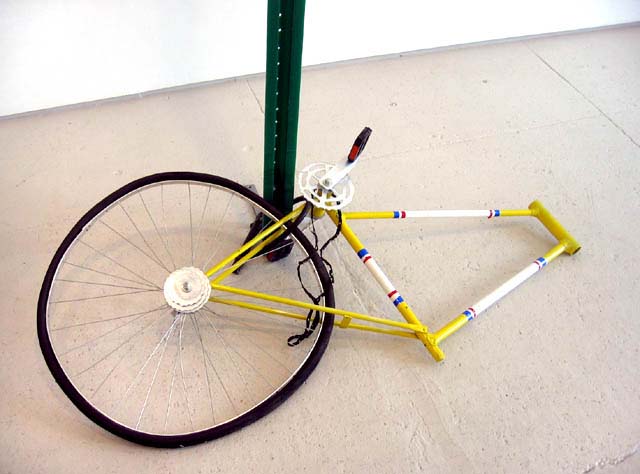Schwarz
View current page
...more recent posts
It pays to be a well-known webmaster with great connections! Not only do you get impressive offers from Nigerian royalty to help them move large amounts of cash into the US on a daily basis, but your friends from other web sites will often share hot and steamy pictures from old travel trailer brochures with you, because they know you are oh so lonely like to laugh at that sort of thing. When Dan from THE IMAGINARY WORLD sent me this brochure from Komfort Travel Trailers, I began to get "Komfortable" indeed, if you know what I mean. Back in the day, they liked to add a bit of a saucy side to their trailer buying clientele.
via zoller
the pan am building
There has long been a tendency in architecture to erect straw figures only to knock them down. In his article “'Criticality' and its Discontents,” published in the Fall 2004/Winter 2005 issue of Harvard Design Magazine dedicated to “Realism and Utopianism,” George Baird admirably—and, I think, accurately—summarizes recent efforts to do just that.(1) These entail the identification of and subsequent assault on something called “the critical” or “critical architecture,” usually accompanied by a collateral assault on something called “theory.” At the risk of erecting yet another straw figure that tramples on the subtleties of Baird's analysis, it might be fair to characterize such practices, variously named “post-critical” or “projective,” as sharing a commitment to an affect-driven, nonoppositional, nonresistant, nondissenting, and therefore nonutopian form of architectural production. But as Baird notes, these efforts have thus far failed to deliver an actual, affirmative project, settling instead for vague adjectives like “easy,” “relaxed,” and—perish the thought—“cool.” Baird therefore concludes his article by asking (with critical overtones?) what they expect to yield in the form of discourse or what he calls “critical assessment.” In other words, by what criteria is the “post-critical” asking to be judged, beyond mere acceptance and accommodation of existing societal, economic, or cultural norms?
hdm spr/sum 2005

kevin landers bicycle and signpost at elizabeth dee
lipstick and dynamite
dymaxion passenger
via zoller
